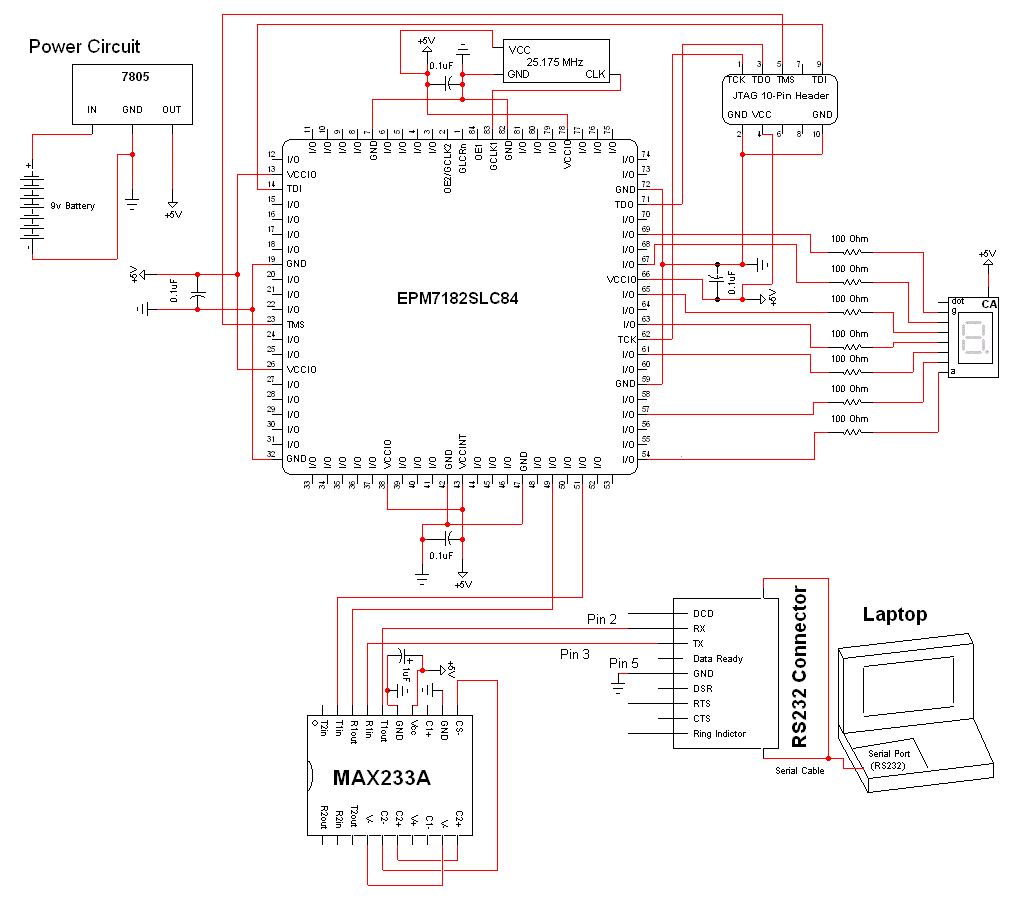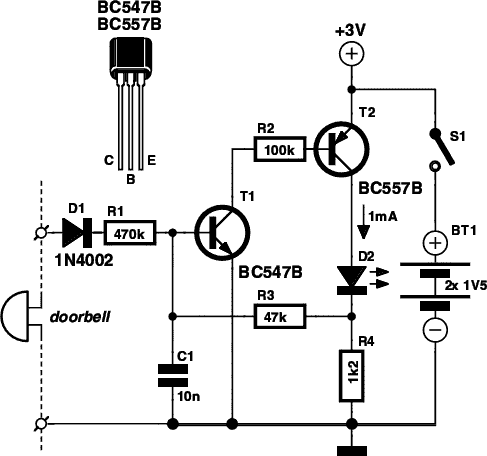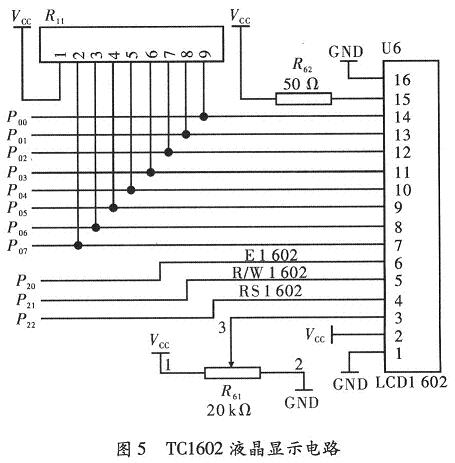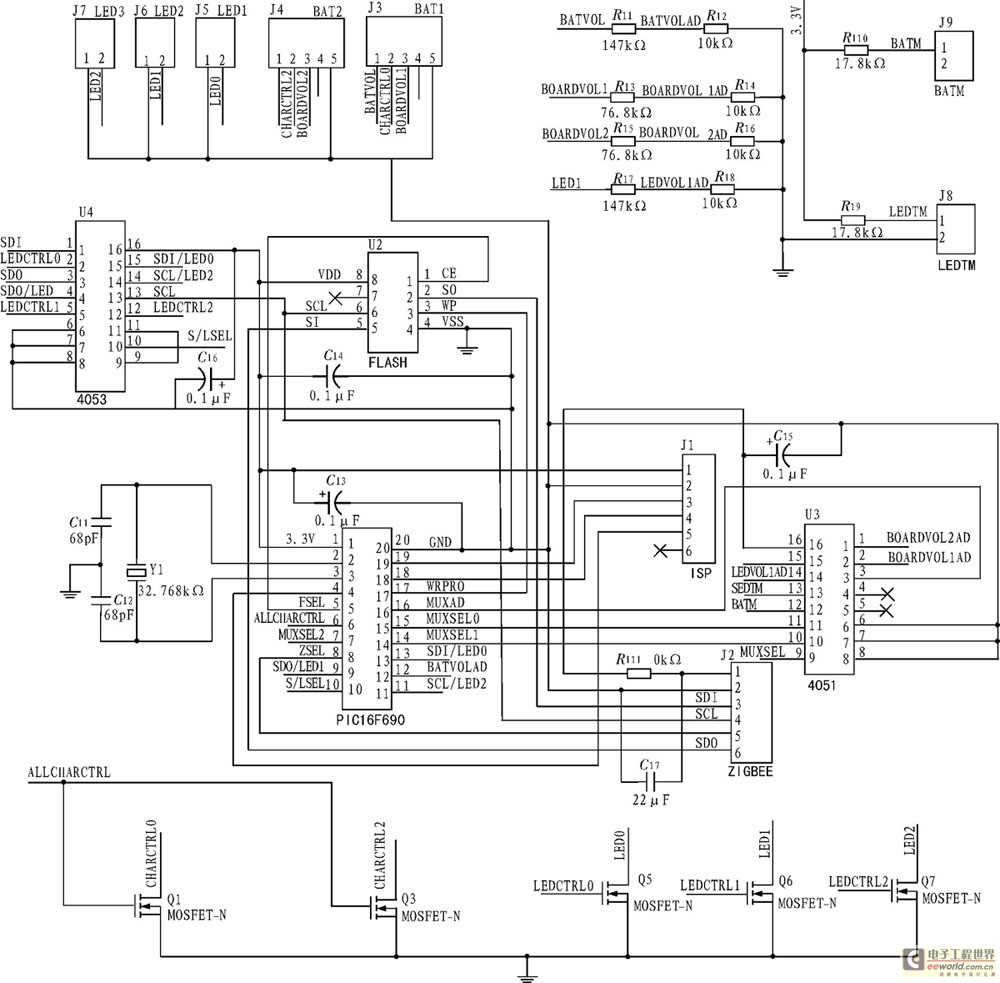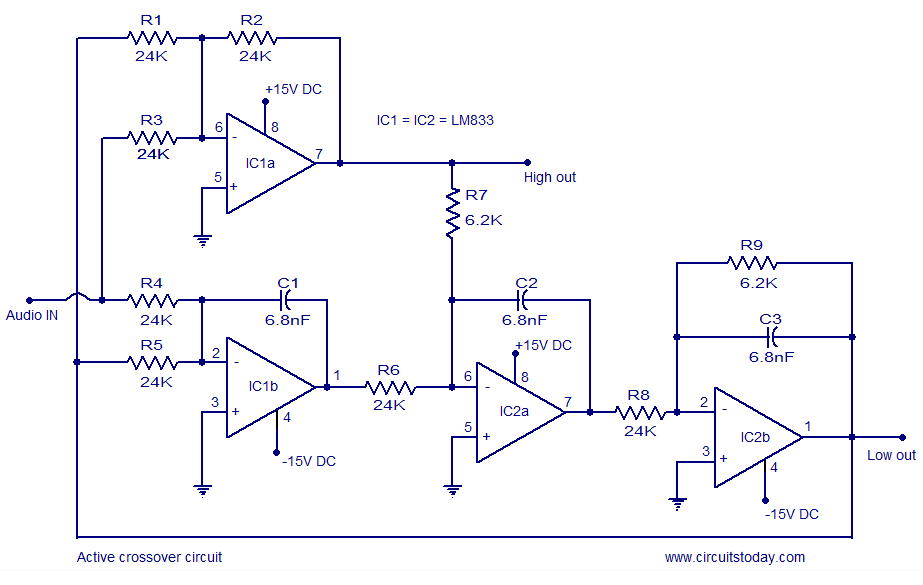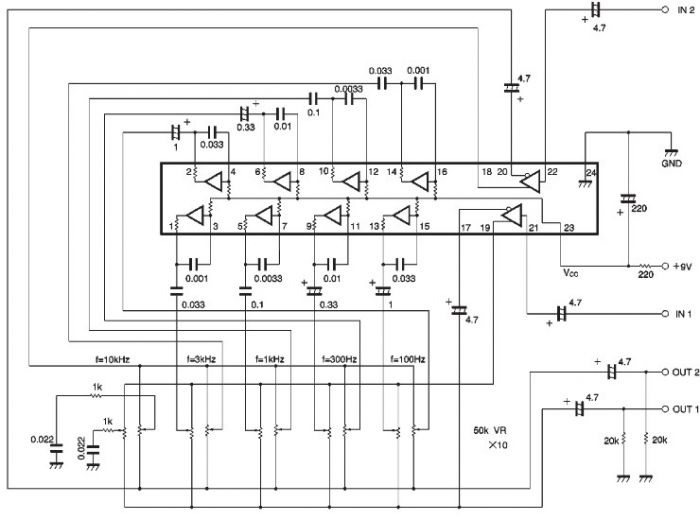
How to design 65nm FPGA DDR2 memory
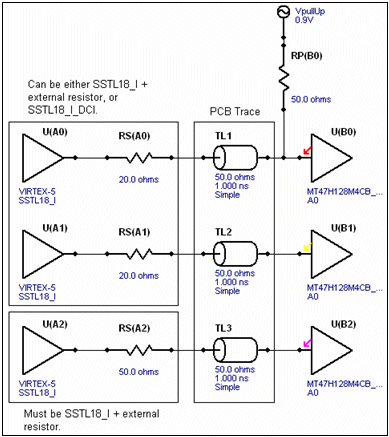
This article discusses practical techniques for incorporating "correctness by design" in DDR2 interfaces from a Signal Integrity (SI) perspective, utilizing the current generation of available design tools. It analyzes common DDR2 design errors and the trade-offs between various popular design alternatives. Several possible address/control topologies for DDR2 are depicted in Figure 1, while Figure 2 illustrates various data topologies. To utilize the FPGA's on-die digitally controlled impedance (DCI), the memory chip serves as the driver and the 65nm FPGA device acts as the receiver on the bi-directional data lines. The top schematic diagram in Figure 1 presents the preferred and recommended usage model, while the other figures showcase variations frequently attempted in standard design practices. The input switching thresholds of the receiver are indicated as horizontal dashed blue lines for reference. The colors of the "probe" arrows in Figures 1 and 2 correspond to the colors of the associated traces in Figures 3 and 4, respectively. Mentor Graphics' HyperLynx software was employed to generate eye diagrams with specific parameter settings.
The article emphasizes the importance of "correctness by design" in DDR2 interfaces, particularly from a Signal Integrity perspective. This approach focuses on preemptively addressing potential design errors, which can significantly impact the performance of DDR2 memory systems. By analyzing common pitfalls encountered in DDR2 designs, engineers can make informed decisions regarding design alternatives that balance performance and reliability.
The schematic representations in the figures provide critical insights into effective design practices. The preferred usage model depicted in Figure 1 highlights the optimal configuration for DDR2 interfaces, ensuring that the memory chip operates as the driver and the FPGA as the receiver. This configuration allows for the effective use of the FPGA's DCI capabilities, which are essential for maintaining signal integrity across the bi-directional data lines.
Figures 1 and 2 not only illustrate the preferred topology but also showcase variations that are often employed in real-world design scenarios. Understanding these variations can help engineers avoid common mistakes and improve the robustness of their designs. The inclusion of input switching thresholds as dashed blue lines serves as a reference point, aiding in the evaluation of the receiver's performance under different conditions.
The use of Mentor Graphics' HyperLynx software to generate eye diagrams is a valuable tool for visualizing the signal integrity of the DDR2 interfaces. Eye diagrams provide a graphical representation of the signal quality and timing characteristics, allowing designers to assess the impact of their design choices on overall system performance. By utilizing eye diagrams generated with specific parameter settings, engineers can fine-tune their designs to achieve optimal signal integrity and reliability in DDR2 memory applications.This article presents practical techniques for incorporating "correctness by design" in DDR2 interfaces, from a Signal Integrity (SI) perspective, using the current generation of available design tools. Some common DDR2 design errors are analyzed, as well as the tradeoffs between some popular design alternatives.
Several possible address/control t opologies for DDR2 shown in Fig 1, while several possible data topologies are illustrated in Fig 2. In order to make use of the FPGA`s on-die digitally controlled impedance (DCI), the memory chip was made the driver and the 65nm FPGA device the receiver on the bi-directional data lines. The top schematic diagram in Fig 1 shows the preferred and recommended use model, while the other figures illustrate variations often attempted in regular design practice.
The input switching thresholds of the receiver are shown as horizontal dashed blue lines for reference. The color of the "probe" arrows in Fig 1 and Fig 2 correspond to the colors of the associated traces in Fig 3 and Fig 4, respectively.
Mentor Graphics` HyperLynx software was used to generate eye diagrams with the following parameter settings: 🔗 External reference
The article emphasizes the importance of "correctness by design" in DDR2 interfaces, particularly from a Signal Integrity perspective. This approach focuses on preemptively addressing potential design errors, which can significantly impact the performance of DDR2 memory systems. By analyzing common pitfalls encountered in DDR2 designs, engineers can make informed decisions regarding design alternatives that balance performance and reliability.
The schematic representations in the figures provide critical insights into effective design practices. The preferred usage model depicted in Figure 1 highlights the optimal configuration for DDR2 interfaces, ensuring that the memory chip operates as the driver and the FPGA as the receiver. This configuration allows for the effective use of the FPGA's DCI capabilities, which are essential for maintaining signal integrity across the bi-directional data lines.
Figures 1 and 2 not only illustrate the preferred topology but also showcase variations that are often employed in real-world design scenarios. Understanding these variations can help engineers avoid common mistakes and improve the robustness of their designs. The inclusion of input switching thresholds as dashed blue lines serves as a reference point, aiding in the evaluation of the receiver's performance under different conditions.
The use of Mentor Graphics' HyperLynx software to generate eye diagrams is a valuable tool for visualizing the signal integrity of the DDR2 interfaces. Eye diagrams provide a graphical representation of the signal quality and timing characteristics, allowing designers to assess the impact of their design choices on overall system performance. By utilizing eye diagrams generated with specific parameter settings, engineers can fine-tune their designs to achieve optimal signal integrity and reliability in DDR2 memory applications.This article presents practical techniques for incorporating "correctness by design" in DDR2 interfaces, from a Signal Integrity (SI) perspective, using the current generation of available design tools. Some common DDR2 design errors are analyzed, as well as the tradeoffs between some popular design alternatives.
Several possible address/control t opologies for DDR2 shown in Fig 1, while several possible data topologies are illustrated in Fig 2. In order to make use of the FPGA`s on-die digitally controlled impedance (DCI), the memory chip was made the driver and the 65nm FPGA device the receiver on the bi-directional data lines. The top schematic diagram in Fig 1 shows the preferred and recommended use model, while the other figures illustrate variations often attempted in regular design practice.
The input switching thresholds of the receiver are shown as horizontal dashed blue lines for reference. The color of the "probe" arrows in Fig 1 and Fig 2 correspond to the colors of the associated traces in Fig 3 and Fig 4, respectively.
Mentor Graphics` HyperLynx software was used to generate eye diagrams with the following parameter settings: 🔗 External reference
